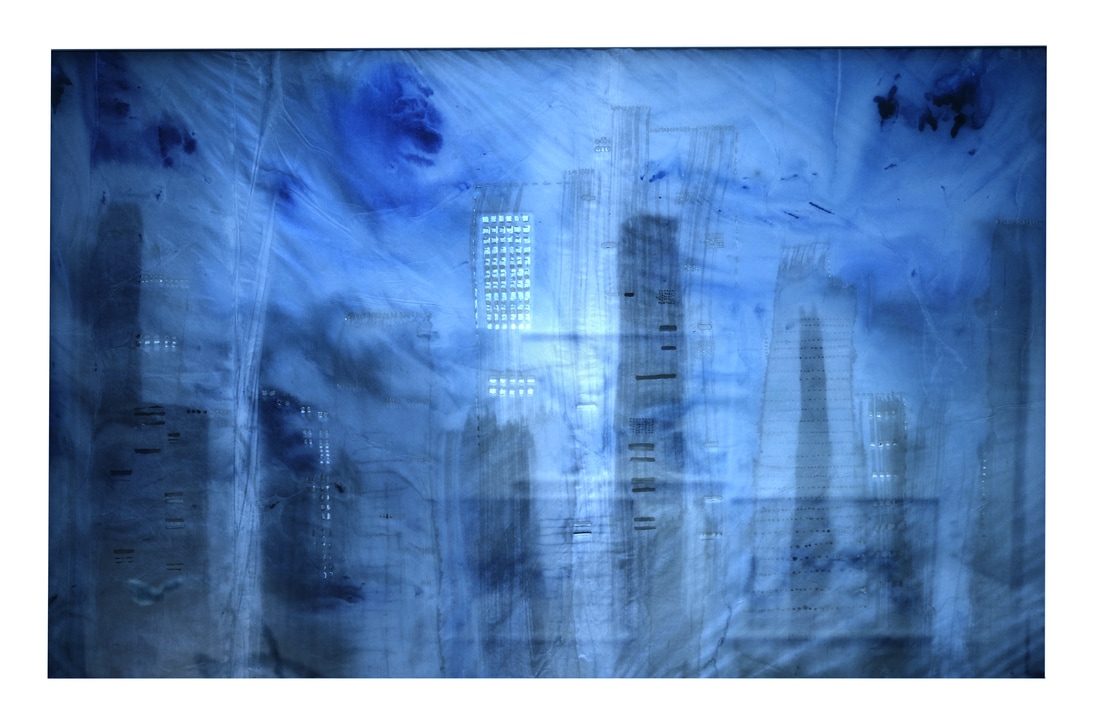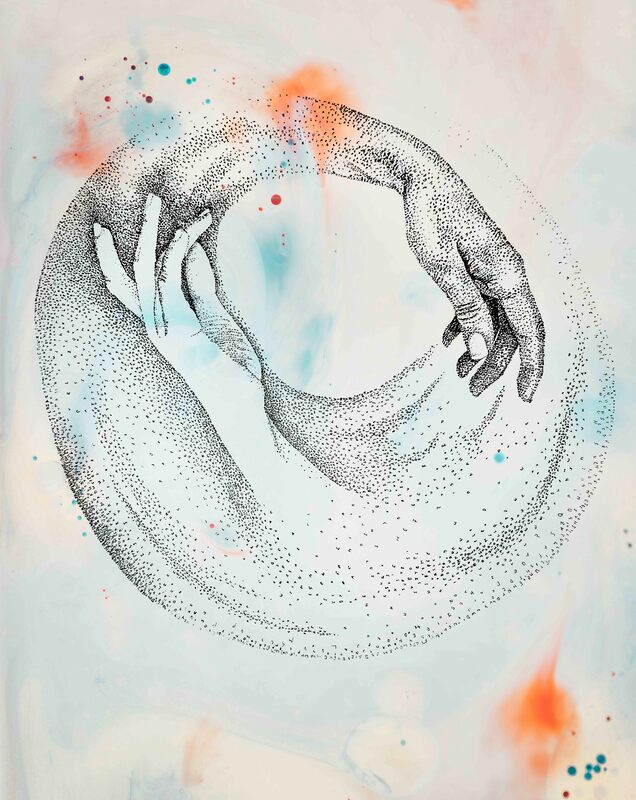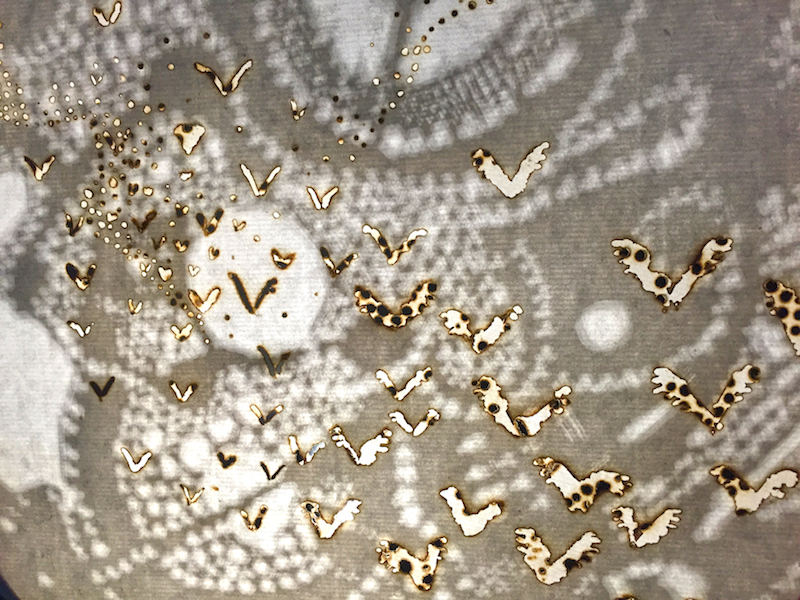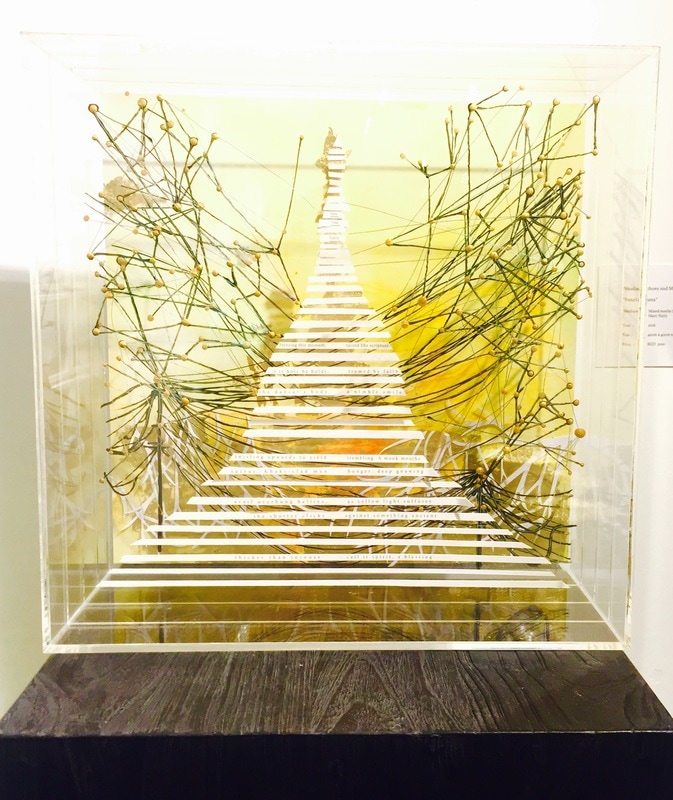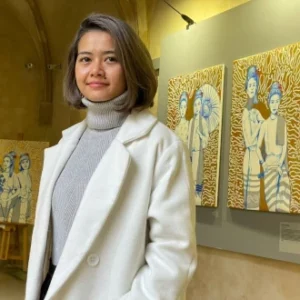Nicola Anthony


Nicola Anthony
Overview
Nicola Anthony (b.1984) is a British artist working internationally with a studio in Singapore and London. She is an elected member of the Royal Society of Sculptors. Born in London, she studied at University of the Arts London (CSM) and Loughborough University.
“Human Archive Project”, her museum solo exhibition was commissioned by Singapore Art Museum in 2017. Her previous solo show and published book, Intersection, were created during her time as artist-in-residence the NPE Art Residency, receiving National Art Council Singapore funding to exhibit in Singapore 2017 and Myanmar 2018. Her traveling sculpture Great Soul has been shown at the Kuala Lumpur Art Biennale, National Art Gallery in Malaysia, Vargas Museum in Manila, the Aceh Tsunami Museum in Indonesia, and Oil Art Space in Hong Kong. “Our Time” a text sculpture created in collaboration with Myanmar poet San Lin Tun was commissioned by the Singapore Tourism Board and showcased in Yangon during the Singapore Festival 2020. For the third time, she has been shortlisted for the prestigious Sovereign Asian Art Prize 2020.
In 2021 Nicola Anthony was the artist in residence at the UK Pavilion at Expo 2020 Dubai and created a sculpture titled See Things Differently. In this artwork, the hourglass is a symbol that speaks of the urgent need to make a change if we want to save the planet.
Around the world Nicola has exhibited at the Serpentine Gallery Project Space (London), the Orange County Center for Contemporary Art (USA), Shinjuku Creators Fiesta (Tokyo), & featured in shows around Asia and Europe. Her artwork has received sponsorship from Tate Britain, & been exhibited in Tate Modern’s ‘No Soul for Sale’.
Nicola’s artwork is an assemblage of ethereal moments. She creates by collecting, mapping and archiving a finespun world of secrets, memories, wishes and stories. She focuses her research on untold stories, social memory, oral histories, and the process of capturing fleeting moments. Many of Nicola’s works take the form of text sculptures, giving glimpses into the effects of displacement and intergenerational trauma. Others portray traces of lost stories and unheard voices through burnt, worn and layered surfaces.

